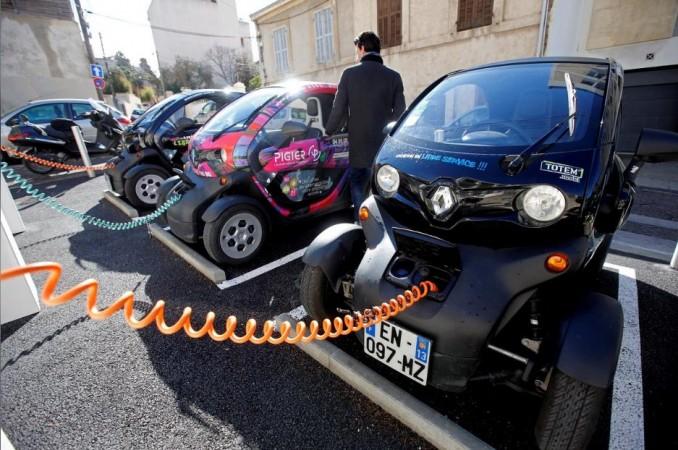Reducing the cost of electric vehicles (EV) as well as an increase in subsidies along with the newer model is expected to increase electric two-wheeler's (e-2W) penetration.
In FY21, e-2Ws contributed less than one per cent of overall two-wheelers sales. The sub-segment is expected to contribute 7-10 per cent to the overall 2W sales by FY25.

"As e-mobility penetration is likely to be more in scooters, e-scooters sales as the overall percentage of total scooter sales would be much higher at 20-25 per cent," said India Ratings and Research (Ind-Ra).
This growth, the agency expects, would majorly be driven by the reducing delta between the price of electric vehicles (EV) and internal combustion engine (ICE) vehicles due to the increased subsidies under the FAME-II scheme along with the newer model launches anticipated over the next few years.
"Ind-Ra believes e-scooters would lead electrification in this industry segment, given their higher urban presence."
"Moreover, the new models launched recently as well as planned over the next few years are likely to have a better range, speed and battery size, thus making the performance of e-2W comparable to existing ICE variants available in the market."
As per the agency, the total cost of ownership of an e-scooter is now comparable to that of an ICE scooter; the former becomes economically more feasible in the case of long-distance travelled.
"As such, Ind-Ra expects higher adoption of e-2Ws by e-commerce companies/delivery-based application companies as well as bike-taxis, thus supporting a further ramp-up of EV penetration in 2Ws in India."
E-Motorcycles need to wait longer
However, it pointed out that electrification in motorcycles could take fairly long as the performance of the available e-variants is still not at par with that of an ICE vehicle, and enhancing battery configuration could impact both the weight and cost of the vehicle.
"Moreover, motorcycles draw a significant proportion of their overall sales from the rural market, where the presence of e-2W original equipment manufacturers (OEMs) is limited."
Besides, the agency suggested that to push electrification, e-2W OEMs need to increase their presence which is restricted to metro and Tier-I cities.
"The industry needs to increase models or variants available in the market which is limited compared to an ICE vehicle as well as develop supporting infrastructure. While charging infrastructure remains the biggest challenge in India, the agency believes that 2Ws are better placed given the low battery size which facilitates easy home charging."
"The initiatives by large players to set-up faster plug-in charging stations as well as a battery swapping environment will play an imperative role for sustainable e-2W adoption."

















